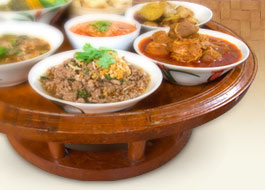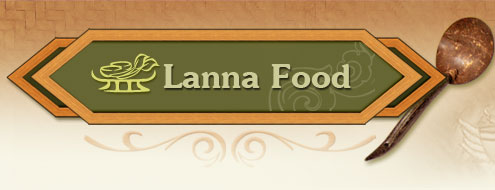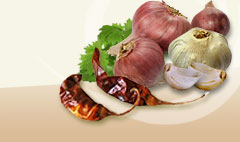Shallots |
|
|
 | Allium Ascalonicum |
|
| |
 | Alliaceae |
|
| |
 | Shallots |
|
| |
 | Hom, hua hom, hom lek, hom daeng (Central), hom bua (Northern) |
|
| |
 | Biennial herb and a bulb bearing plant; its long, hollow leaves with thickened base make up most of the bulb, bulb red to yellow 1-4 cm., diameter. The plant contains sulfurous, volatile oils that give it a pungent taste and sulfuric acid readily water soluble produced in the eyes and induces tears. Inflorescence, white or pink, which are born in umbels, stem 20-30 cm. long, six sepals, six petals, six stamens, seed compound, black, round. |
|
| |
 |

No information available |

Keeps the body warm, aids in passing wind, relieves flatulence, treats common cold, nose bleeding, aids digestive tract and induced appetite, reduces edema, kills worms, anti-infection, nourishes and encourages growth of hair. Pulverized, it is put on a childs head to relieve his cold symptoms and improve breathing. Many formulas of Lanna medicine contain shallots to be used for example to stop hiccoughs, stuffy feeling, high blood pressure, treat earaches, improve the elements and used as an inhalant. |
|
| |
 | Winter |
|
| |
 |
attana Phromphichai. (1999). Hom Bua. in Saranukrom Wattanatham Thai Phak Nuea (Vol. 14, p. 7530). Bangkok: Siam Commercial Bank Foundation for the Encyclopedia of Thai Culture. |
|
| |
|
|




